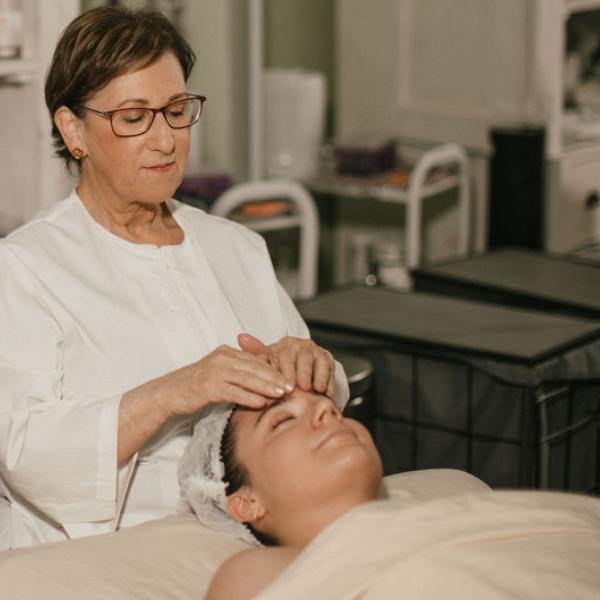SPF stands for Sun Protection Factor and it protects against UVB rays - the rays that will BURN the skin.
SPF values (15, 30, 50) are meant to indicate the time it takes for your skin to burn in direct sunlight as opposed to the time it would take to burn without protection.
If it normally takes 20 minutes to burn in direct sunlight without protection, you would multiply 20 minutes by the SPF you are using. So, an SPF of 15 would suggest that you can be in the sun for 300 minutes (5 hours) before burning.
However, there are a few reasons why this calculation can be misleading — and why it's still important to reapply sunscreen every two hours, no matter the SPF:
- Most people, no matter their skin tone/color, begin to burn in direct sunlight after only 9 to 12 minutes. We don't notice this is happening until the 20-minute mark when our skin begins to feel irritated.
- Most of us apply significantly less sunscreen than what is recommended.
- General wear (from water, sweat, rubbing, and breakdown by UV rays) weakens the protection of the product over time.
So if you still need to reapply, what's the difference between SPF 15 and 50?
- To increase the SPF within a formula, ingredients are added to help slow the breakdown of the sunscreen from UV exposure, decrease the potential of wear-off, and defend against SPF metabolization by the skin.
- Sun protection factors are not 100% linear:
- SPF 15 blocks 93% of UVB rays (allows 7 out of 100 photons through)
- SPF 30 blocks 97% of UVB rays (allows 3 out of 100 photons through)
- SPF 50 blocks 98% of UVB rays (allows 2 out of 100 photons through)
The takeaway….
Most sunscreens don’t achieve the SPF stated on their packaging due to breakdown, wear-off and misuse (not applying enough product)!Choosing higher SPF can provide marginally increased protection, but is not nearly as important as consistent reapplication.
And finally: an SPF does not protect against UVA, unless it is labeled as broad-spectrum. Fortunately, the sunscreens on my shelves ARE broad-spectrum.
From cancer.org: UV radiation is divided into 3 main groups:
- UVA rays have the least energy among UV rays. These rays can cause skin cells to age and can cause some indirect damage to cells’ DNA. UVA rays are mainly linked to long-term skin damage such as wrinkles, but they are also thought to play a role in some skin cancers.
- UVB rays have slightly more energy than UVA rays. They can damage the DNA in skin cells directly, and are the main rays that cause sunburns. They are also thought to cause most skin cancers.
- UVC rays have more energy than the other types of UV rays. Fortunately, because of this, they react with ozone high in our atmosphere and don’t reach the ground, so they are not normally a risk factor for skin cancer. But UVC rays can also come from some man-made sources, such as arc welding torches, mercury lamps and UV sanitizing bulbs used to kill bacteria and other germs (such as in water, air, food or on surfaces).
This can be a confusing topic, but it is especially important to take the time to understand and to translate it into healthy sun habits. Ultimately, sunscreen is only as good as the amount used and reapplication during the day. And, sun-protective hats and clothing pick up the slack. No matter how much SPF you slather on your face, a broad-brimmed hat protects when sweating and time breaks down the product.
HOW MUCH SHOULD I USE? - this is a good source for more sun health tips.
-thanks to Skin Care Literature for much of this information



